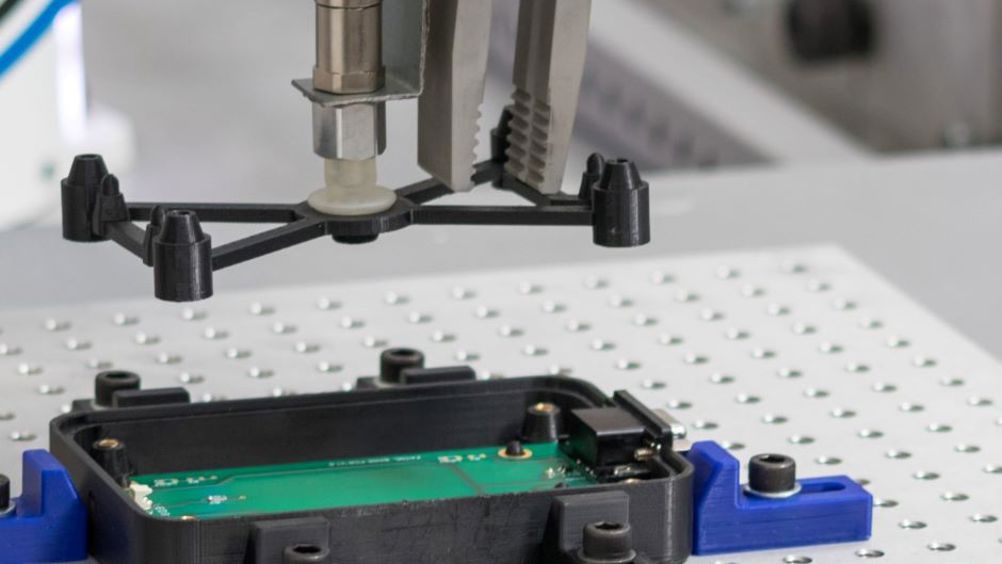MTC develop robot with decision-making capability
Robotics experts at the Manufacturing Technology Centre have developed an industrial robot the decision-making capability of a human operator.

Using machine learning and visual recognition, the robot can be taught to make assembly decisions based on the components put in front of it.
A demonstrator developed at Coventry-based MTC mimics a typical electronic assembly using multiple components and can show manufacturers how robotics can be used to create a low cost, reactive assembly system.
Most industrial automation technology is programmed to do a specific job and changing the process can require major investment in fixturing and reprogramming. The MTC system is trained to recognise components and assembly variables and find solutions in its database. According to MTC, it combines a robot operating system with a collaborative robot and low-cost vision sensors.
In a statement, MTC senior research engineer Mark Robson said, "Giving robots the decision-making capability of a human operator can dramatically improve their productivity and flexibility in variable conditions. Our demonstrator project shows how machine learning can be applied to achieve this.
Register now to continue reading
Thanks for visiting The Engineer. You’ve now reached your monthly limit of news stories. Register for free to unlock unlimited access to all of our news coverage, as well as premium content including opinion, in-depth features and special reports.
Benefits of registering
-
In-depth insights and coverage of key emerging trends
-
Unrestricted access to special reports throughout the year
-
Daily technology news delivered straight to your inbox










Water Sector Talent Exodus Could Cripple The Sector
Well let´s do a little experiment. My last (10.4.25) half-yearly water/waste water bill from Severn Trent was £98.29. How much does not-for-profit Dŵr...